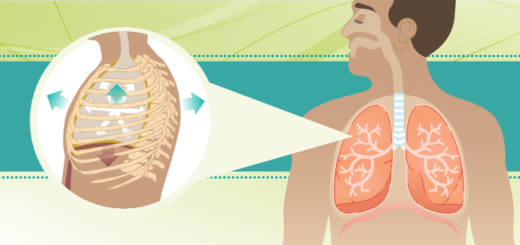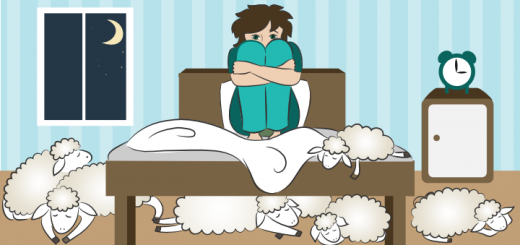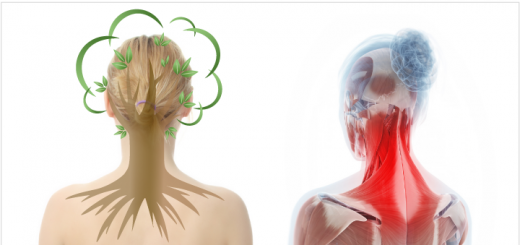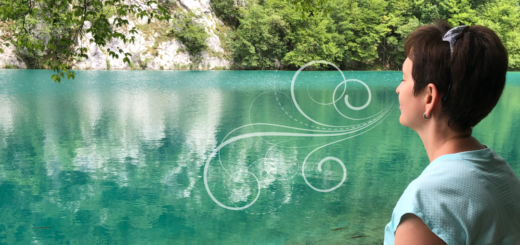The remarkable skeletal system and its essential functions
0How often do you think about your bones? Our muscles remind us about themselves when they get sore, our digestive system gets our attention when we get hungry, our circulatory system can be felt when we get hot or cold, but our bones just do their job quietly and diligently until we encounter a problem. That problem can be structural, like increased kyphosis or bone fracture, or physiological, like loss of bone density. If that happens, it changes our attitude toward the skeletal system. When it comes to our skeleton, it is often much easier to take steps to prevent a problem than to deal with it once it fully develops.
Your skeletal system is truly remarkable in how it grows and regenerates itself. Professor of biology and neurology Robert Sapolsky in his book Why Zebras Don’t Get Ulcers writes: “Most of us probably view our bones as pretty boring and phlegmatic—they just sit there, inert. In reality, they are dynamic outposts of activity. They are filled with blood vessels, with little fluid-filled canals, with all sorts of cell types that are actively growing and dividing. New bone is constantly being formed, in much the same way as in a teenager. Old bone is being broken down disintegrated by ravenous enzymes. New calcium is shuttled in from the bloodstream; old calcium is flushed away. Growth hormone, somatomedins, parathyroid hormone, and vitamin D stand around in hard hats, supervising the project.”(1)
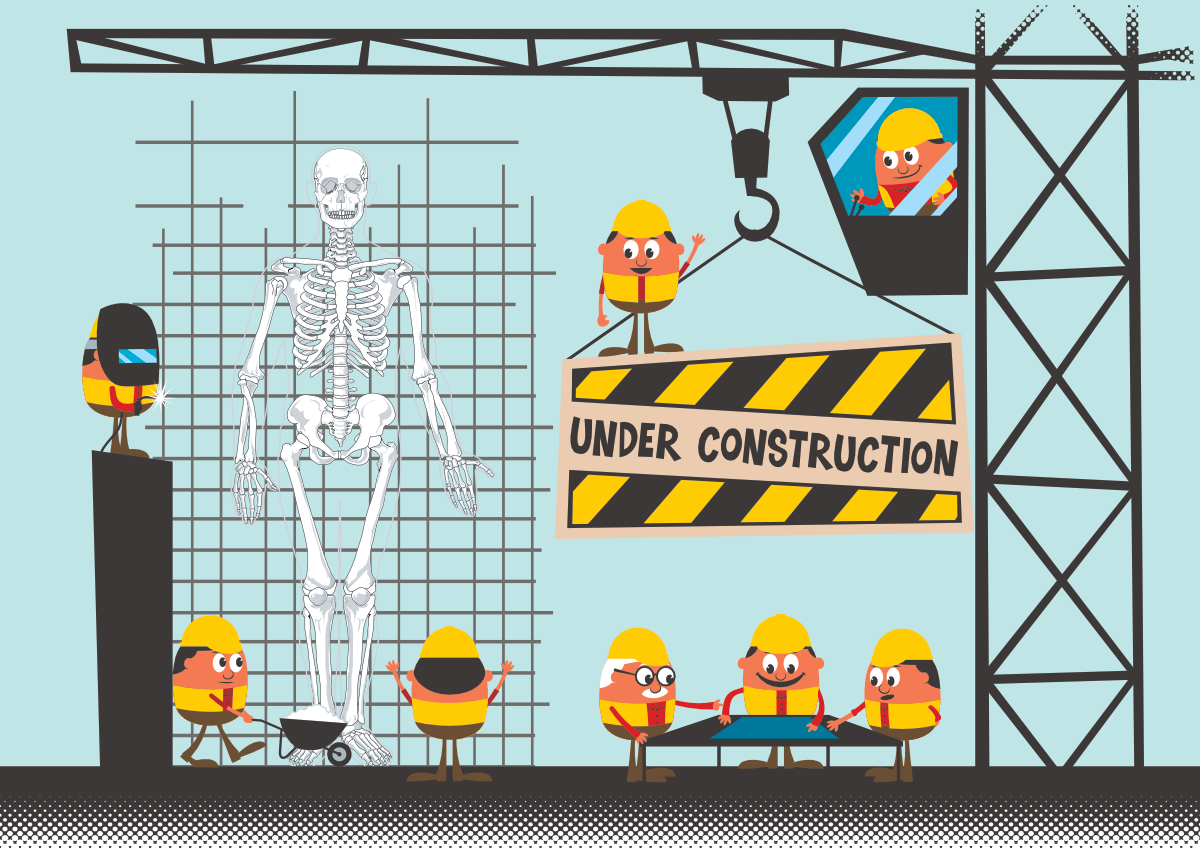
Why all this commotion? It’s because our bones perform a variety of essential functions in the body. Here is a quick list:
- Support. The skeletal system forms the framework for the entire body, and our soft tissues and organs attach to individual bones.
- Leverage. Our bones serve as levers to direct and amplify the force generated by muscles. This applies to the tiny, precise movements of the hand and to the large movements that involve the entire body.
- Mineral storage. Our bones serve as the “Federal reserve” for the body’s calcium, as well as other minerals. Calcium is the most abundant mineral in the human body. Calcium is essential for all sorts of physiological processes, and its concentration within body fluids is very precisely controlled.
- Lipid storage. The long bones in your body have yellow marrow in them. Yellow bone marrow stores stem cells that become bone cells, cartilage, or fat. This fat gives your bones the nutrition they need to work properly.
- Blood cell production. The flat bones in your body, like your pelvis, scapula, skull, and sternum, have red marrow in them. Red bone marrow contains stem cells that grow into red blood cells, white blood cells, and platelets.
- Protection. Your delicate organs and soft tissues are surrounded by bony structures to protect them. The skull protects the brain, the ribs guard your heart and lungs, the vertebrae shield the spinal cord, and the pelvis cradles your digestive and reproductive organs.
The organic and mineral components of the bone are being constantly recycled and renewed through the process of bone remodeling. This remodeling happens faster in young adults and slows down with age. In young adults, about one-fifth of the entire skeleton is replaced each year. Some bones are remodeled more often than others. For example, the spongy bone in the head of the femur (thigh bone) may be replaced two or three times a year(!) The adult skeleton completely regenerates itself about every ten years. The way the bones are remodeled depends on how you use your body every day and the kind of forces you apply to it. This is a fascinating process and one that we can actually affect through our own actions in our yoga practice and daily life. Next time, we will take a closer look at the process of bone remodeling and how it makes our bones stronger—tune in!
As we continue our conversation about the skeletal system, we will be featuring new yoga practices relevant to our skeleton through our Zoom in Within series on the Happy U hub. Sign up for bi-weekly emails to get notified about new practices.
[jetpack_subscription_form]
References
- Why Zebras Don’t Get Ulcers by Robert Sapolsky (affiliate link)
- Fundamentals of Anatomy and Physiology by Frederic H. Martini (affiliate link)
- MetaAnatomy: A Modern Yogi’s Practical Guide to the Physical and Energetic Anatomy of Your Amazing Body by Kristin Leal (affiliate link)
- The Body: A Guide for Occupants by Bill Bryson (affiliate link)

